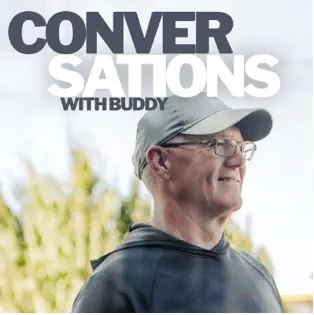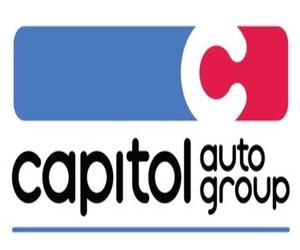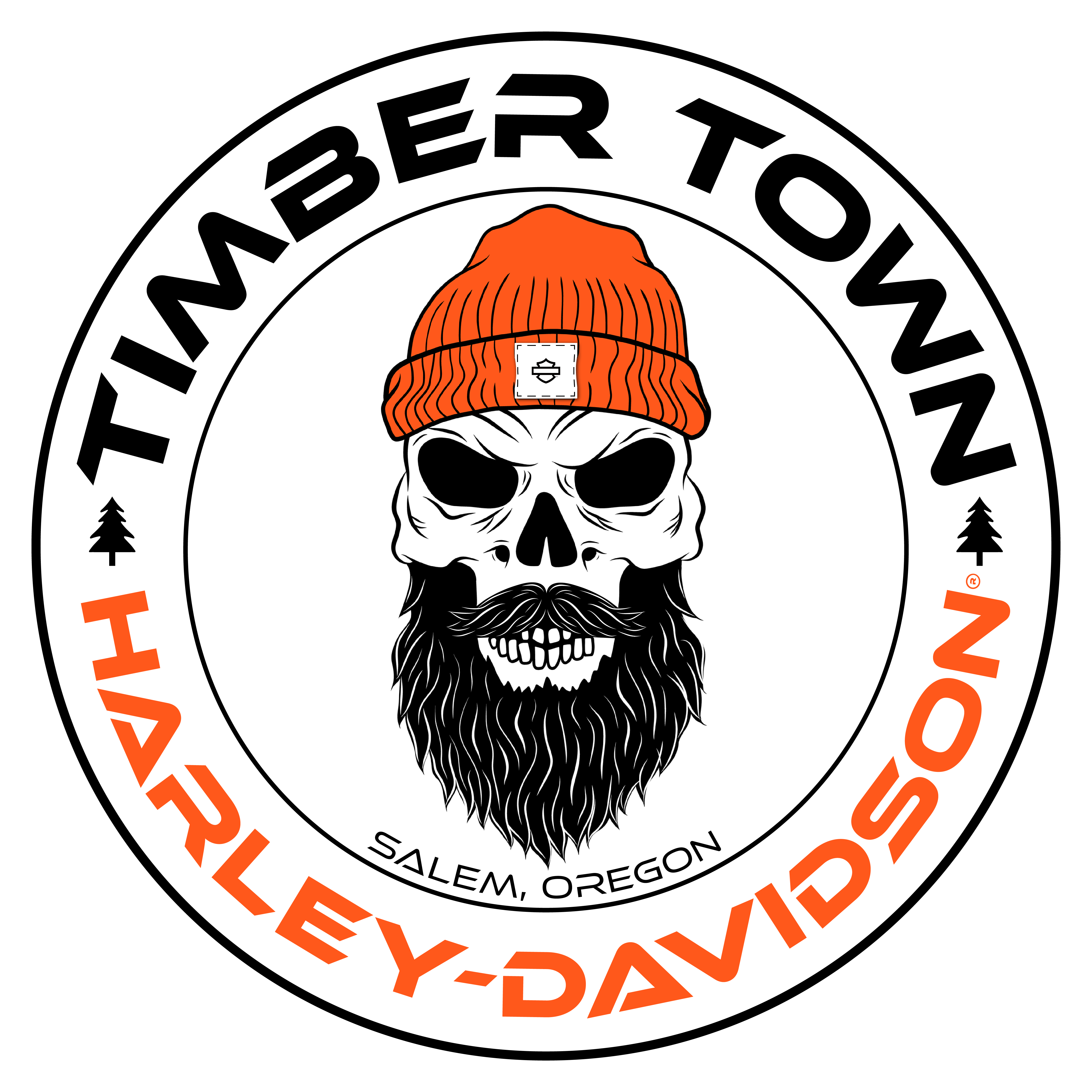Each quarter, the Oregon Employment Department surveys private employers from all industries and areas of the state to ask about the job vacancies they are actively trying to fill. Throughout the eight-year history of the survey, the department has asked employers to identify if any of their job vacancies are hard to fill, and if so, to explain in their own words the primary reason why.
This provides direct insight from the hiring, or “demand side,” of the labor market, by showing employers’ perspectives on hiring, both before and during the pandemic.
Before the pandemic, the most common reasons employers gave for difficulty filing vacancies were either that they had too few or no applicants (generally described as a “lack of applicants”), or that they couldn’t find candidates with the mix of skills, experience, and training for the job (a “lack of qualified candidates”). When the pandemic recession began in Oregon, OED kept tracking the existing reasons employers gave for difficulty filling vacancies.
During the pandemic period, from summer 2020 through spring 2021, employers gave the same top two general reasons for difficulty filling job openings as they did before COVID-19 shut down many parts of the economy – too few applicant or a lack of stilled applicants. What changed was, as the number of job vacancies skyrocketed to a record of 98,000 this spring, the share of difficult-to-fill vacancies with a lack of applicants did too.
- In summer 2020 and winter 2021, about 6,000-8,000 hard-to-fill job openings (roughly 25%) had a lack of applicants.
- Between April and June of 2021, about 34,000 (or 48%) of all hard-to-fill job openings had too few or no applicants.
Unprecedented Hiring Fuels Shortages
Once the pandemic hit, the OED research team also started tracking new, pandemic-specific reasons employers gave for their hiring challenges. Interestingly, private employers in Oregon said COVID-19 reasons were not the biggest challenge in filling most job vacancies over the past year.
Oregon businesses cited pandemic-related reasons as their main hiring challenge for 10% to 20% of hard-to-fill jobs between summer 2020 and spring 2021. Among those that did report COVID-related challenges as their biggest hiring issue, broad themes included the virus itself, relatively high unemployment benefits, or a combination of both. In summer 2020, UI benefits represented 7% and COVID-19 5% of difficult-to-fill vacancies.
Amid a surge in COVID cases during fall 2020 and winter 2021, Oregon businesses said unemployment benefits were the biggest barrier to hiring for less than one out of 10 hard-to-fill jobs. In spring 2021, employers began citing UI benefits as a hiring challenge with more frequency. Between April and June of this year, 14% of difficult-to-fill vacancies had relatively high UI benefits reported as the primary reason employers had trouble filling job openings.
Leisure and hospitality was the top industry for the pandemic-related, difficult-to-fill vacancies. For difficult-to-fill job openings, non-pandemic-related vacancies, the top occupations were personal care aides, retail salespersons, and restaurant cooks. There are not many differences between these vacancy types based on industry or occupation. It seems like the sheer volume of hiring taking place in recent months has had the biggest impact on businesses’ challenges finding workers.
Hiring When Pandemic Unemployment Benefits End
Twenty six states withdrew from the federal assistance in June and July 2021 ahead of the Sept. 4 programs’ expiration date. Most ended all federal benefits, but some only ended the extra $300 weekly payment.
A new paper authored by economists at Columbia University, Harvard University, the University of Massachusetts Amherst, and the University of Toronto, found that ending unemployment insurance benefits did not translate into immediate moves back to work. States that ended federal benefits early did see larger job gains among the unemployed as compared to those that didn’t end benefits early. However, only 1 in 8 unemployed individuals who were cut off from benefits had found a job by the first week of August.
Research suggests that more than just enhanced unemployment benefits is contributing to ongoing hiring challenges. Other reasons 7 out of 8 workers whose pandemic-related benefits ended might not have returned to work in the short term include:
- A lack of in-person school in spring or summer, or lack of available child care slots;
- Workers’ health concerns during the ongoing pandemic, including the Delta wave of COVID-19;
- Workers relocating or changing industries of employment; or
- Some workers opting to retire.
More information about employer responses to the pandemic is available at QualityInfo.org.
Back To Work Day
The Oregon Employment Department, in partnership with WorkSource Oregon, is launching a statewide Back To Work campaign Thursday, Sept. 15, to help people find jobs and businesses to find talented workers. WorkSource Oregon and its partners are coordinating job fairs and hiring events across Oregon in 24 locations. OED is a major partner in the WorkSource Oregon system.
WorkSource offices have planned job fairs, drive thru and virtual hiring events, scavenger hunts, and even a “Large Business Extravaganza’ in Albany with more than 50 employers. People can find out what events are happening in their area by contacting their local WorkSource center or visiting the WorkSource Oregon website.
All events will follow state and CDC guidance to make sure everyone is safe during these events. To ensure the safety of our visitors and employees and to prevent further spread of COVID-19, all customers and employees must wear masks.
Temporary Federal Programs Expire
As of Sept. 4, the following federal pandemic benefit programs have expired:
- Pandemic Unemployment Assistance (PUA)
- Pandemic Emergency Unemployment Compensation (PEUC)
- Federal Pandemic Unemployment Compensation (FPUC) and the
- Mixed Earner Unemployment Compensation (MEUC) program.
As of right now, we still estimate that approximately 81,000 people will no longer receive benefits for weeks after Sept. 4.
Here are the latest benefits numbers:
- Benefits paid to Oregonians from March 15, 2020 – Sept. 7, 2021: $10.9 billion to more than 615,000 people.
- Last week we paid about $93 million to 129,000 people.
STEP
With the expiration of federal pandemic benefits, more people will be eligible for the SNAP Training and Employment Program (STEP), which is designed to assist individuals receiving SNAP benefits to obtain skills, training, work experience, and employment to increase their ability to obtain living-wage employment. We encourage people who may be eligible for this program to contact their local WorkSource Center for more information.
Resources and Other Assistance
We want to make sure people know what assistance is available now that the temporary federal benefits have ended, such as:
- Rental and housing assistance
- Health care services from Oregon Health Plan
- The Supplemental Nutrition Assistance Program or SNAP, and
- 211.org
Deferred Claims
Although temporary federal programs have ended, approximately 11,000 people who had been receiving PEUC have a deferred claim. That means they may continue receiving regular Unemployment Insurance (UI) benefits after the PEUC program ends, though they will no will longer receive the extra $300 weekly FPUC payment. A deferred claim happened when claimants reached the one-year mark on their claim, and federal rules required they be paid PEUC funds. This essentially deferred, or paused, the new regular UI claim for some people. These individuals will need to complete the waiting week and will then begin to receive benefits from their deferred claim. They also will need to file a weekly claim for the waiting week and complete their required work-search activities.
The department has notified these individuals that they have a deferred claim and that will have to serve a waiting week before they can begin receiving benefits on their regular UI claim
###
Equal Opportunity program — auxiliary aids and services available upon request to individuals with disabilities. Contact: (503) 947-1794. For people who are deaf or hard of hearing, call 711 Telecommunications Relay Services.












